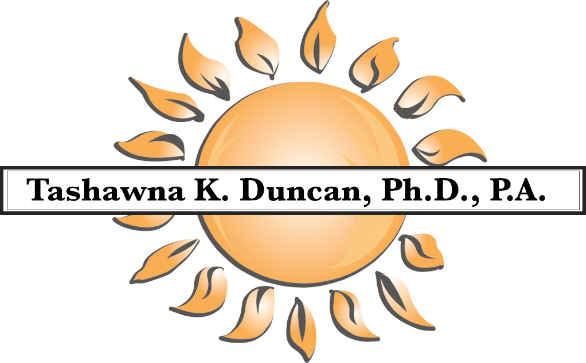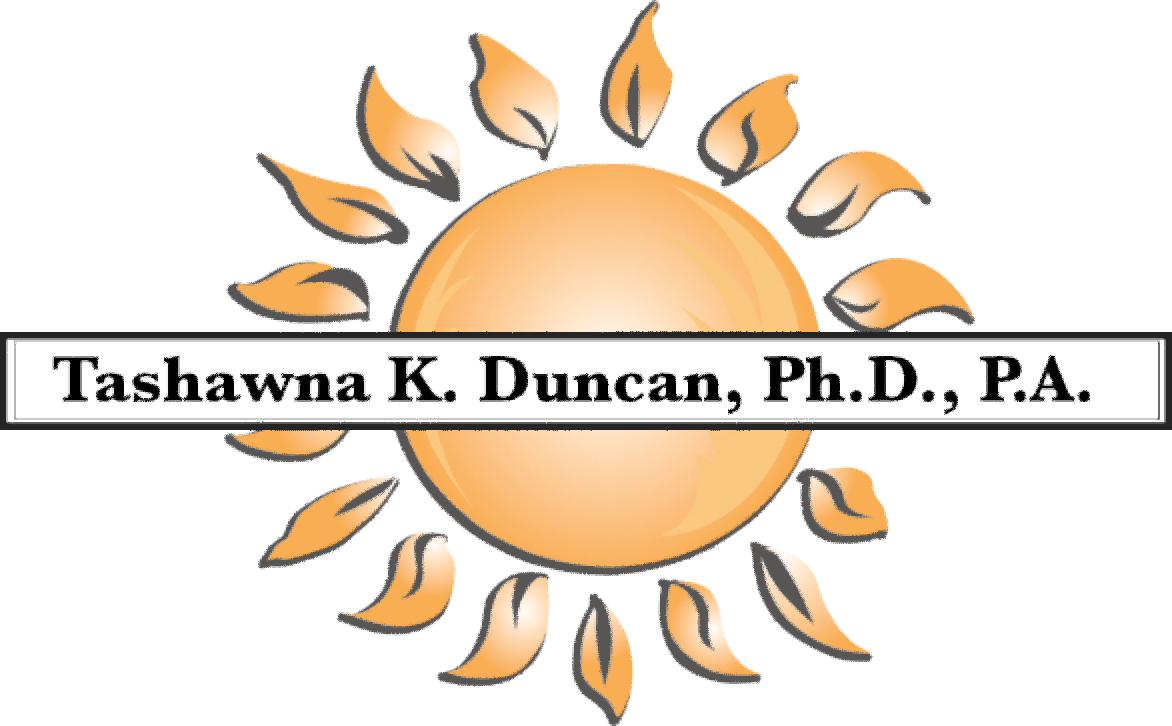Learning Disabilities
A learning disability is more than a “difference” or “difficulty” with learning — it’s a neurological disorder that affects the brain’s ability to receive, process, store, and respond to information. The most prevalent LD is in the area of reading, known as dyslexia. Currently 2.4 million students are diagnosed with LD and receive special education services in our schools, representing 41% of all students receiving special education. This disability is life-long and cannot be cured; however, the effects of a LD may be mitigated to support learning, living and earning, particularly when identified early and dealt with effectively.
Signs that a learning disability may be present
- Often spelling the same word differently in a single document
- Reluctance to take on reading or writing tasks
- Trouble with open-ended questions on tests
- Weak memory skills
- Difficulty in adapting skills from one setting to another
- Slow work pace
- Poor grasp of abstract concepts
- Inattention to details or excessive focus on them
- Frequent misreading of information
- Trouble filling out applications or forms
- Easily confused by instructions
- Poor organizational skills
What should I do if I suspect my child may have a learning disability?
- Collect information about your child’s academic performance
- Share your concerns with your child’s teacher
- Formal educational evaluation at Tashawna K. Duncan, Ph.D., P.A.
- Parent and child interviews
- Direct classroom observation
- A review of your child’s educational and medical history
- A series of tests that help identify your child’s strengths and weaknesses
- Information gathering with teachers and other professionals who work with your child
- Know your legal rights
- If your child has LD, he/she is entitled to certain protections under law
- If your child does not qualify for special education services, he/she may qualify for a 504 plan
- Support your child at home
- Reassure and encourage your child and emphasize your child’s strengths

